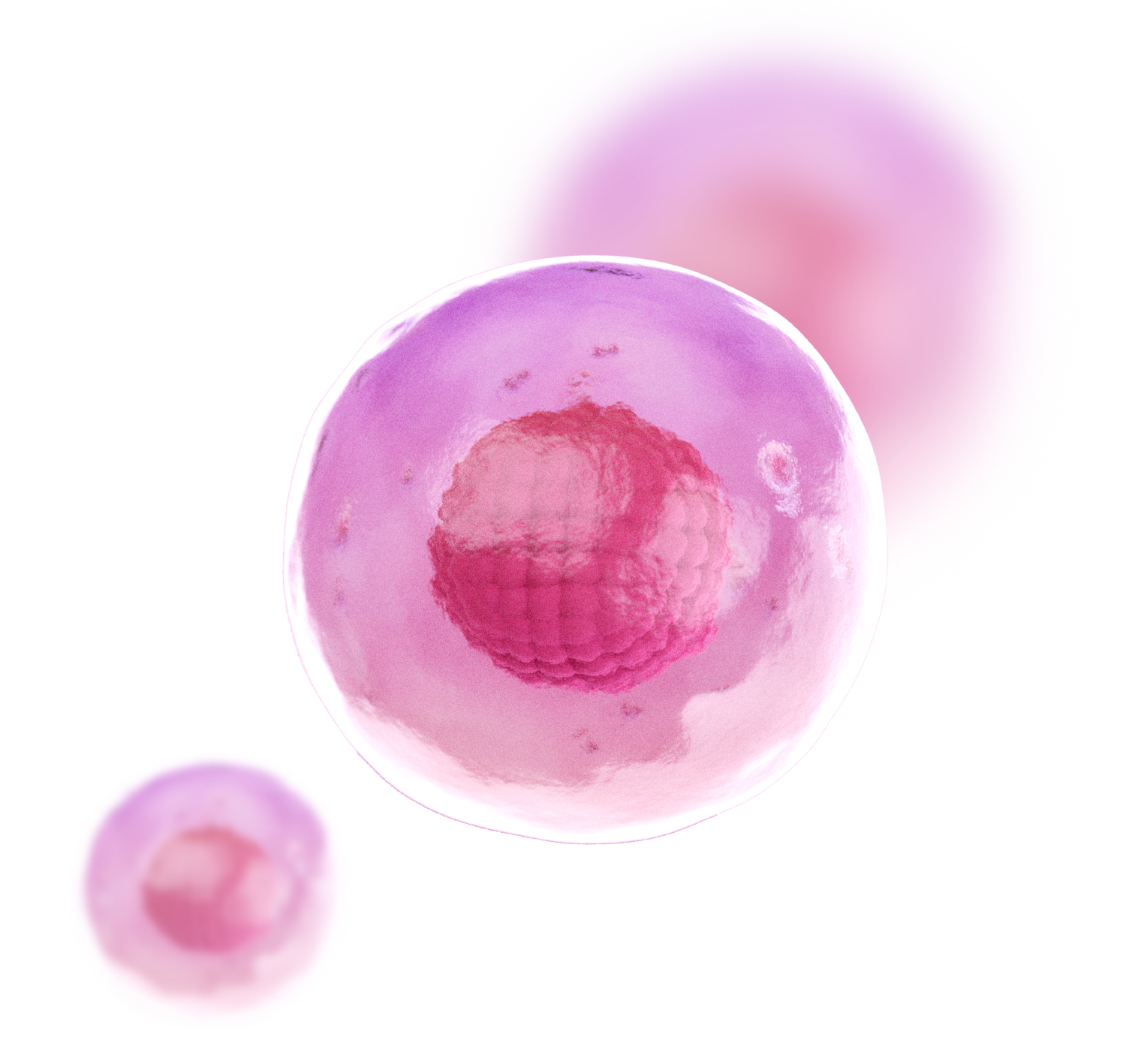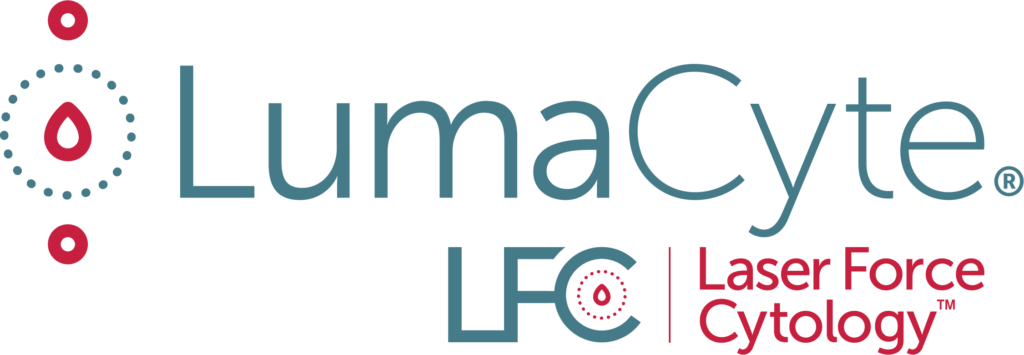Gene modification cell therapy involves removing cells from a patient and genetically modifying them to introduce a new gene or correct a faulty existing gene. Chimeric antigen receptor (CAR)-T cell therapy is a key example, outlined in the figure below. First, T cells are removed from the patient (1) and can undergo qualification/testing using Radiance and LFC which may predict outcome and guide the biomanufacturing process (1). The cells are then genetically modified through delivery of a new gene using a viral vector (2). This gene modification reprograms the T cells to recognize and attack a certain target cancer cell, thereby promoting specific cancer cell destruction and clearance. The next step in the process is to expand (3) or activate and expand/grow the modified T-cells into a large enough quantity, followed by potency testing and formulation (4) prior to infusing the modified cells into the patient (5) to treat their disease, in this case cancer. Radiance and LFC may allow for the effective monitoring and tracking of key biomarkers within the process that correlate to the success or failure of the therapy within the patient.
Laser Force Cytology™ (LFC) and Radiance® label-free approach to cell therapy research and biomanufacturing has significant value in expediting the process, decreasing costs, and ensuring therapy effectiveness and quality.
Radiance® enhances the highly complex biomanufacturing process for cell therapies by providing new insights to cell therapy research and process development.
Current process development assays are fraught with difficult and time-consuming steps requiring highly skilled scientists and bioengineers to produce these life saving treatments and cures.

What is Cell Therapy?
Opening the Door to New Cellular Insights
Cell therapy is the administration of cells into the body to cure disease or promote healing. One form is using cells from the patient’s own body, either modified ex-vivo or native, called autologous therapy. The other major type of cell therapy is called allogeneic therapy wherein cells are removed a donor source, for application in the patient. The ultimate goal for allogeneic therapies for many is the biomanufacturer of product from multiple donor sources, then pooled together in quantity, and modified or processed before administrations to other patients in final formulation for the treatment of disease. Cell therapies include blood transfusions, stem cell transplants, gene modification cell therapy, and induced pluripotent stem cell (iPSC) therapy.
Laser Force Cytology™ – Transforming Cell Therapy Development and Production Assays

Induced Pluripotent Stem Cells (iPSCs)
Since their initial demonstration in 2006 and subsequent implementation in human cells the following year, induced pluripotent stem cells (iPSCs) have ignited the possibility of regenerative medicine sourced from an adult patient’s own cells. However, challenges exist in translating these discoveries into therapies. Specifically, populations of stem cells that do not differentiate fully may be tumorigenic in vivo raising safety concerns. As a result, a need exists to further understand and analyze populations of stem cells as they differentiate. While several biochemical markers exist that could be used to measure the ability of cells to self-renew, expression levels often vary and can have significant overlap between different cell lines as observed by flow cytometry. New fluorescently interrogated markers could be discovered that might aid in the specificity, but this adds additional cost and complexity to an already difficult task. Thus, a label-free method for iPSC characterization is desirable and will help drive down costs and accelerate development and personalized biomanufacturing.
LumaCyte’s label-free Radiance® platform detects subtle intrinsic differences in cells based upon biochemical and biophysical changes, which aids in the analysis of cell population composition and differentiation state. Radiance® offers powerful multivariate data analytics, providing key insights and data trends that currently are not available through other analytical methods.
LFC can be used automate and facilitate R&D, process development, and biomanufacturing of iPSC therapies. For R&D applications, the label-free data will provide new insights into iPSC differentiation and phenotypic characterization of cells. In process development, automation and a highly reproducible instrument response will minimize variability enabling better process control. Being able to quickly generate critical process parameters and critical quality attributes are essential for proper process control and development. Finally, for biomanufacturing, good process control begins with automated and reproducible analytics. Near real-time biomanufacturing process data from Radiance® has been shown to yield a significant and quick return on investment (ROI) by decreasing COGS.

